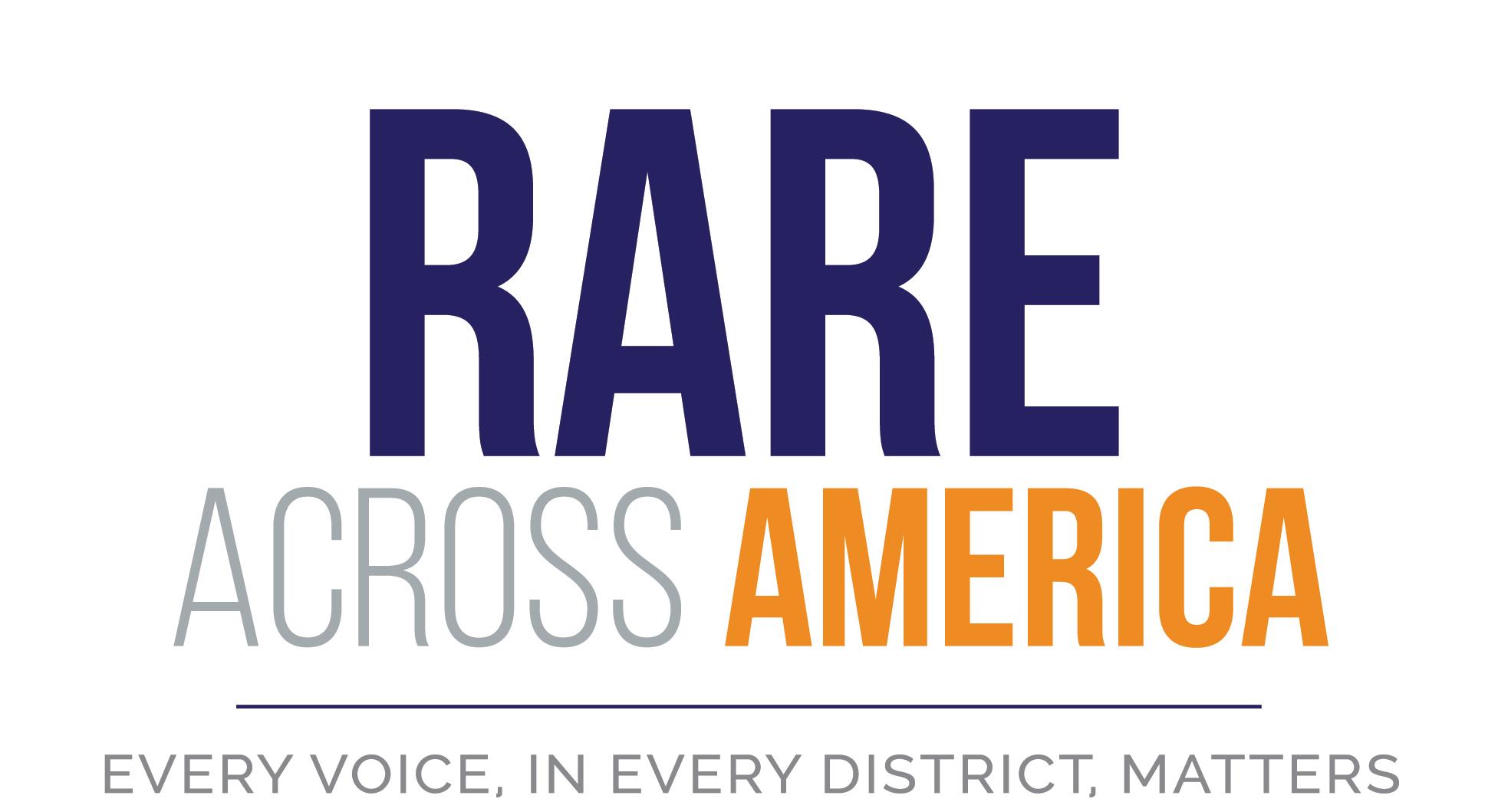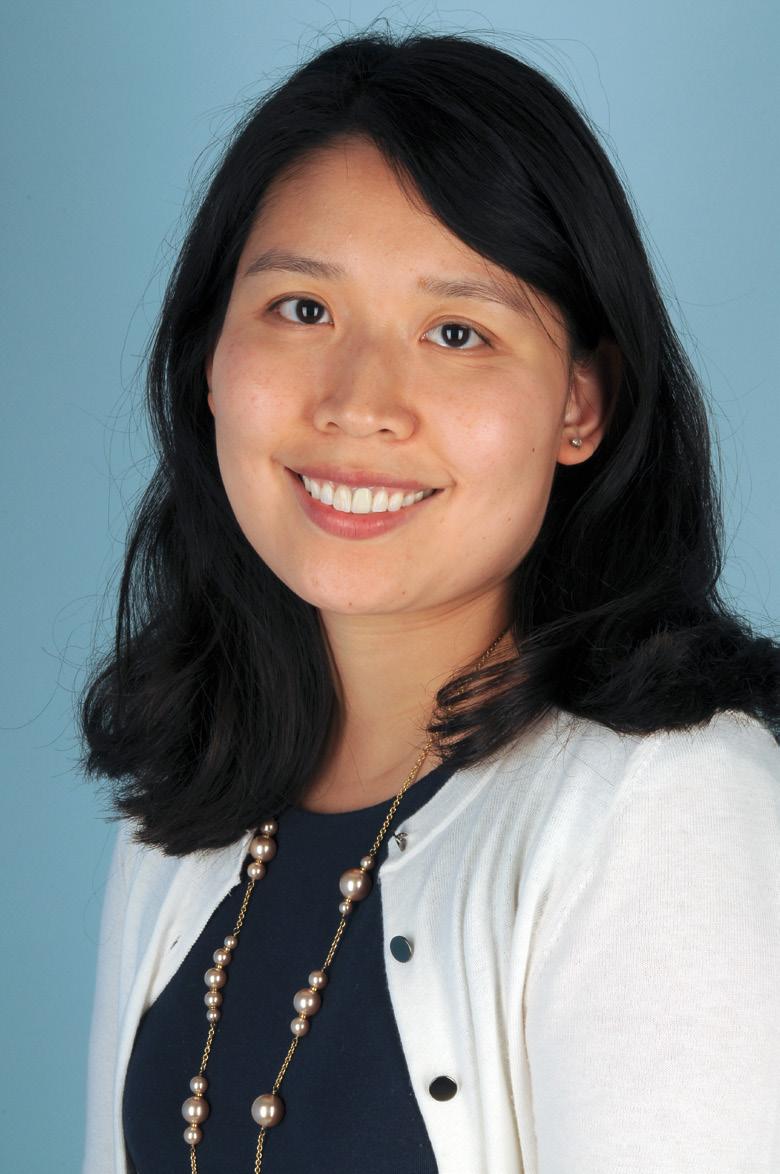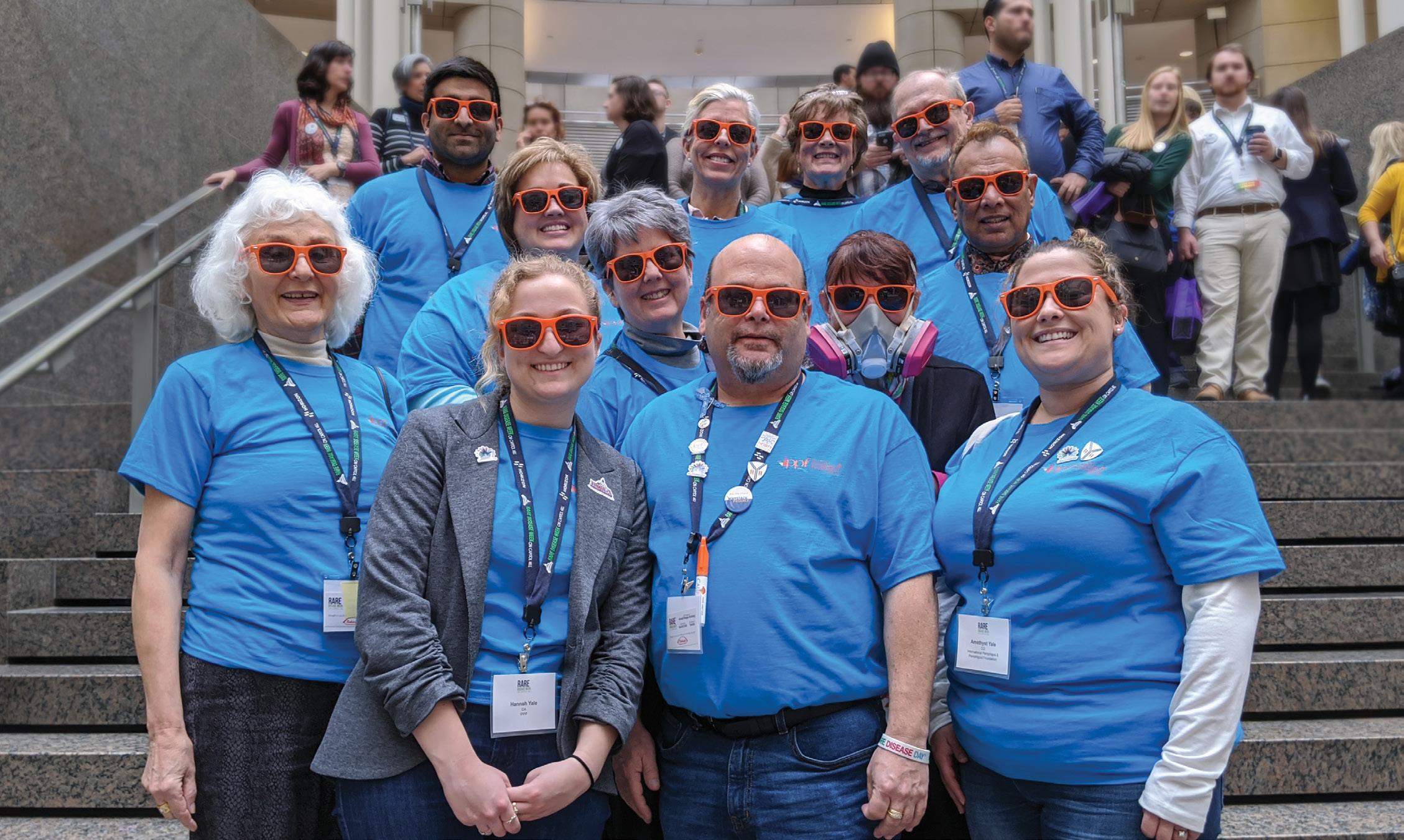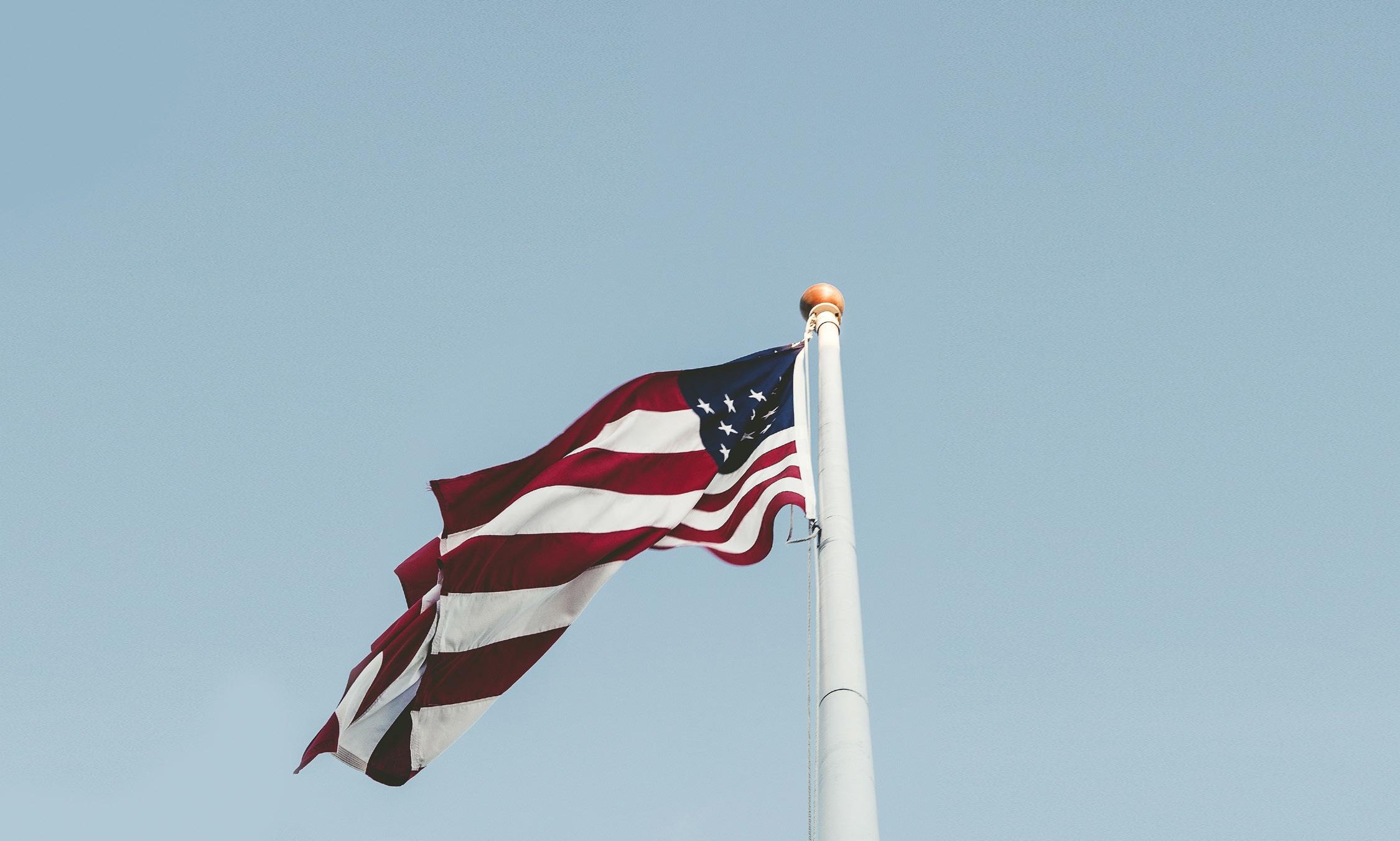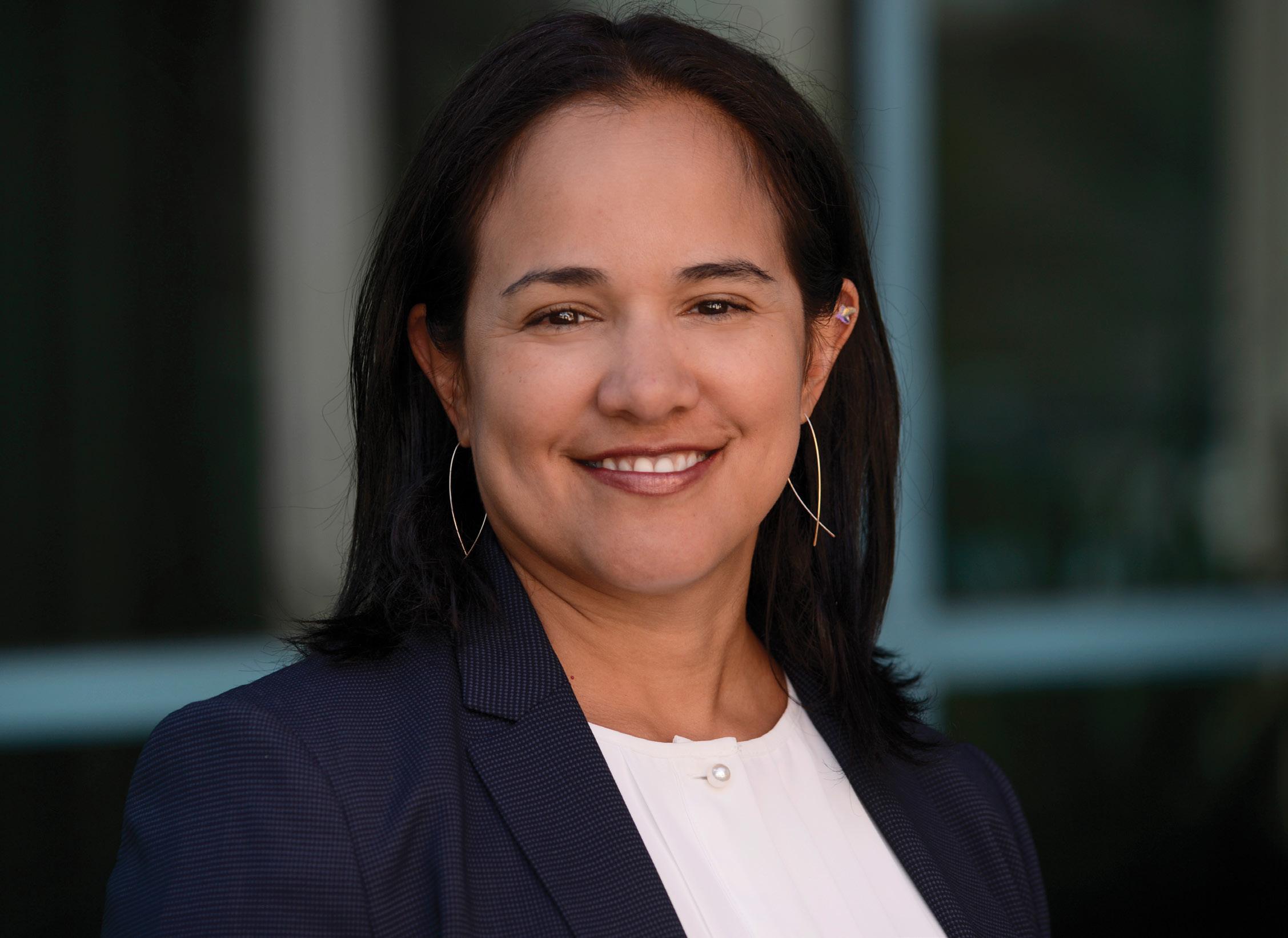Awareness
Patient Education at the Yankee Dental Congress Ellen Levine
I
f someone had told me prior to my pemphigus diagnosis that I’d be speaking at dental schools and a dental congress for the International Pemphigus and Pemphigoid Foundation, I would’ve looked at them like they had two heads. Pemphi-what? Public speaking? Oh no, not me. I’d rather have a root canal. Well, 13 years later, here I am, a person all too familiar with the words “pemphigus vulgaris” and conquering my fear of public speaking as a patient educator with the IPPF. My journey with pemphigus vulgaris (PV) began 13 years ago in the magical Land of Oz. Not Dorothy’s Oz, but Australia. Believe me though, I could relate to Dorothy’s quest in search of the Wizard who might help her get home as I searched for a specialist who could diagnose and treat my disease. By 2006, I had taught English in China, worked for a global engineering company in San Francisco, and had just moved to Australia to start a new adventure. I prided myself on my adaptability and readiness to take on new challenges. But these attributes did not prepare me for what was to come. I was 45 and looked and felt remarkably healthy when painful lesions started to appear on my gums and inside my mouth. The blisters peeled off like layers of tissue paper and I began to lose weight quickly. I panicked because as much as I didn’t want to trust my instincts, I knew something was terribly wrong. I returned to the United States in search of a diagnosis. I then saw 14 specialists, was misdiagnosed, and given inappropriate treatments before finally finding a physician who would treat me. When my biopsy confirmed PV, I had no idea how radically my life would change. This new word, “pemphigus,” like the disease, was going to become a part of my everyday life. My PV progressed quickly from my mouth to almost every part of my body. The first few years of treatment were my “trial-and-error-pill-popping phase,” as I tried
12
Quarterly | Spring 2020
to determine the most effective medication and appropriate dosages, while minimizing adverse side effects. After a port-a-cath implant, I had close to 150 IVIG and dozens of rituximab infusions. Oftentimes, the side effects of the medications were worse than the blisters that covered my body. I learned that the power of these medications was not to be taken lightly. I adjusted my diet, since certain foods triggered oral lesions. I also altered the way I bathed because the blisters on my body and scalp—comparable to second degree burns— could not withstand water pressure. Having gone in and out of remission over the last 13 years, I now know my mouth and my body and how I respond to medication. I’ve learned to manage my disease. When I feel a flare emerging, my physician and I partner in determining the best course of action.
These dental professionals . . . have the unique opportunity, as well as the obligation, to help identify any oral pathology they come across and steer the course of their patients’ lives. Armed with this firsthand experience and accumulated knowledge of my disease, I started volunteering for the IPPF. I co-lead IPPF Boston Support Group meetings; am an awareness ambassador; serve as a patient educator, where I speak at dental schools in the New England region; and volunteer at the IPPF exhibit booth at the annual Yankee Dental Congress (YDC).
www.pemphigus.org

